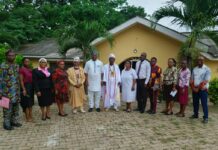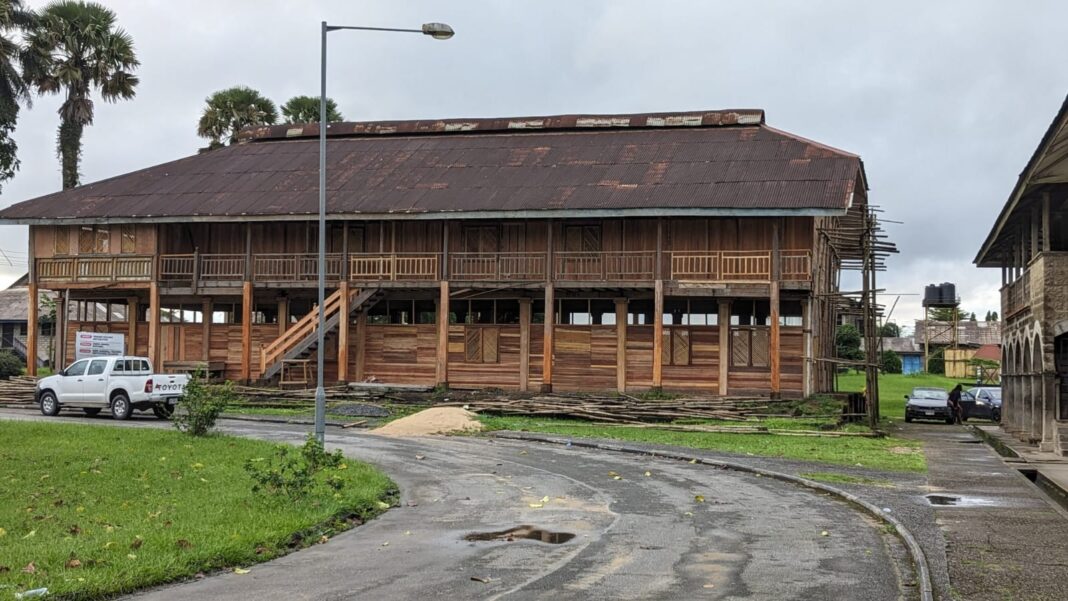By Nsan Ndoma-Neji, Calabar
A non-governmental organisation, NGO, Foundation for Preservation of Cultural Heritage in Nigeria, FOPCHEN, has completed the first phase of renovation work geared towards restoring the over 120-year-old Hope Waddell Building in Calabar, the Cross River State capital.
The historical edifice is a one-storey building, located at the Hope Waddell Training Institute, Calabar, the Cross River state capital, was built in 1894 and served as an ancient educational structure erected by the missionaries in Nigeria.
The restoration of the iconic building was facilitated with grants from Gerda Henkel Stiftung, as announced by FOPCHEN last year, during the commemoration of the International Day of Monuments and Sites
In a media chat in Calabar, the program Director/Principal Investigator if the NGO, Prof. Bekeh Ukelina, said that the restoration process entails bringing back the architectural aesthetics of the iconic structure, using indigenous wood from Cross River.
He said, “Our team has worked really hard to deliver the product that you see here in spite of the several months of severe currency crunch the country went through.
“We could not have achieved what you see here without Gerda Henkel’s support, our team of expert architects and the dedicated carpenters.
“What is happening here at the premier building are restoration works, taking the building back to when it was first assembled, using indigenous wood from Cross River State.”
While lauding Gerda Henkel’s team of expert architects, and the dedicated carpenter for their wonderful support, Prof. Ukelina said, “The restoration works at the premier structure were meant to restore the original concept after years of tears and wear due to age.”
Also speaking, the lead heritage architect if the project, Dr. Tokie Laotan-Brown, said, “By assessing the premier building, we carefully observed, surveyed and documented it. We identified six damage topologies, indicating a vulnerable structural state with a significant risk of collapse.
“It was crucial to detect the critical pathologies and defects, while discovering a bit of history under layers of decayed Scot’s Pine over more than a century.
“It was based on these damage topologies that the restoration team devised a treatment approach to restore and curtail the immediate collapse of the building while introducing indigenous timbers.
“In restoring the building, the team was conscious of carbon footprints and sourced all of its wood from within Cross River State and processed the woods locally.”
In his remarks, the site architect, Robert Utietiang, stated that they used four types of wood throughout the site, adding, “We used teak, black Afara, white Afara, and Iroko and selected these woods because they are hardwoods and were the most environmentally suitable and compatible with the building.
“With the completion of the first phase, the building is fully secured and there is no risk of collapse. All the walls of the building have been covered. The second phase of the project will focus on finishing works. At the completion of the project, a technical manual will be published.”


































